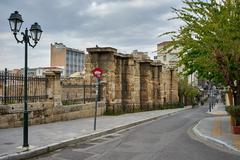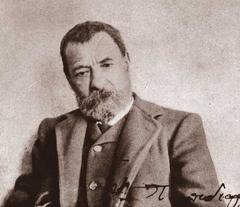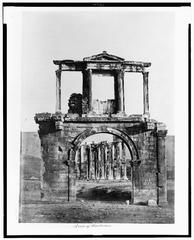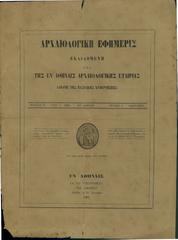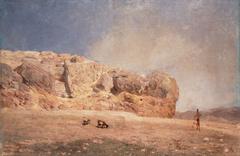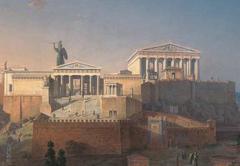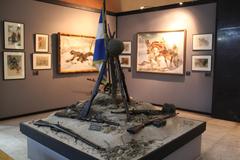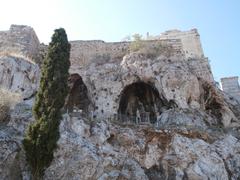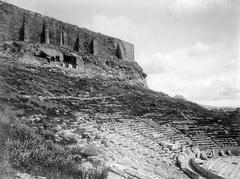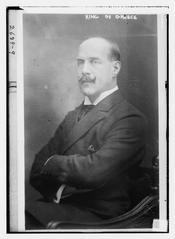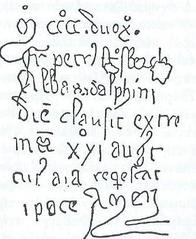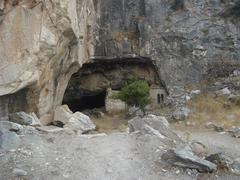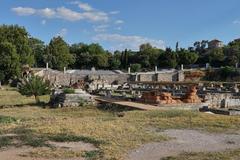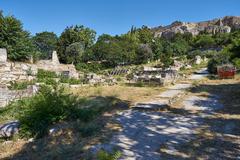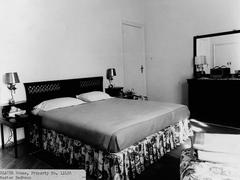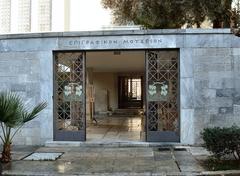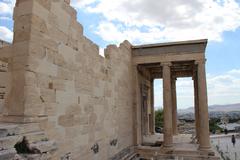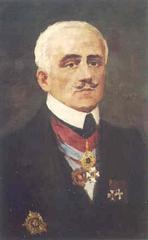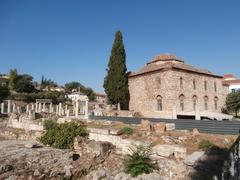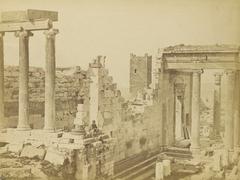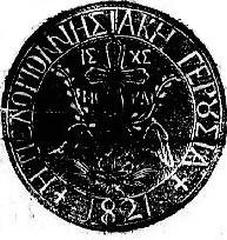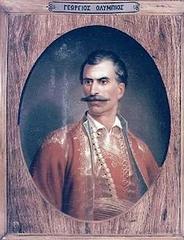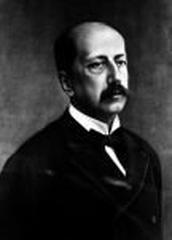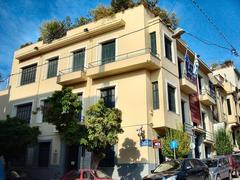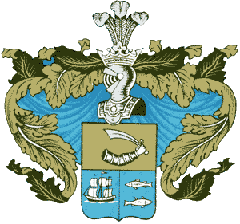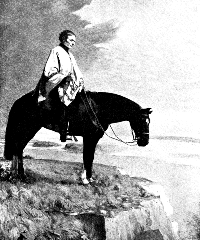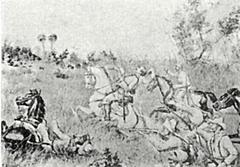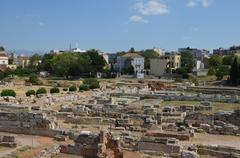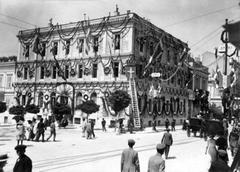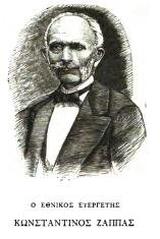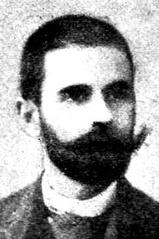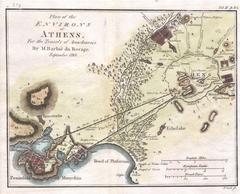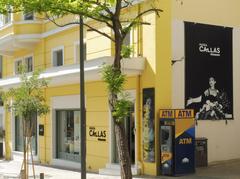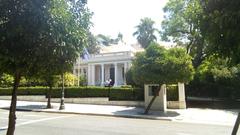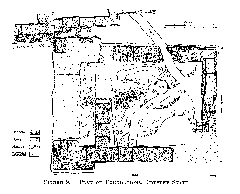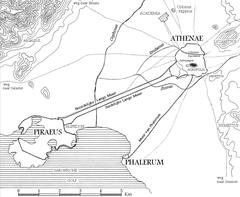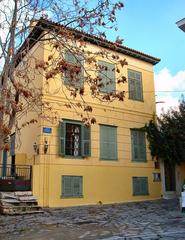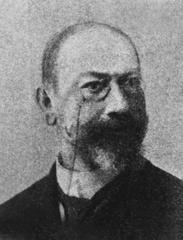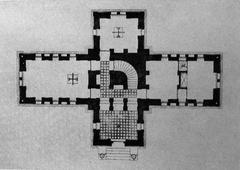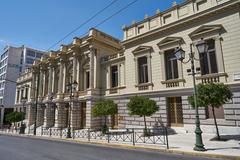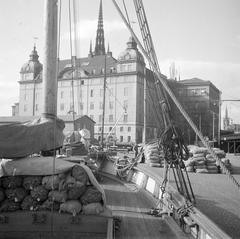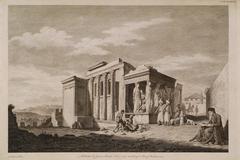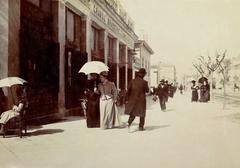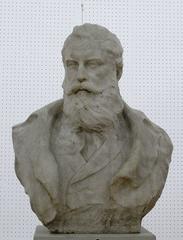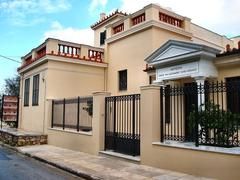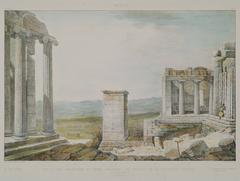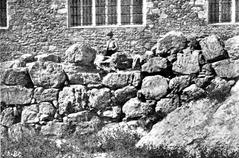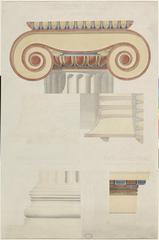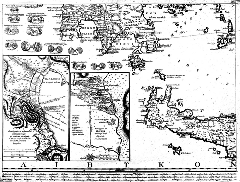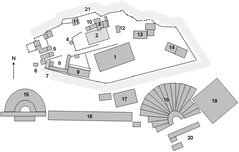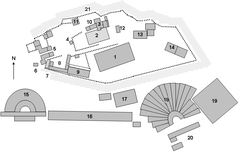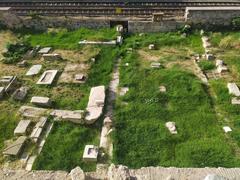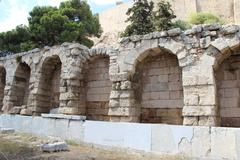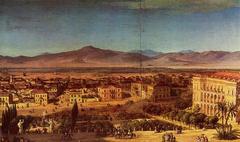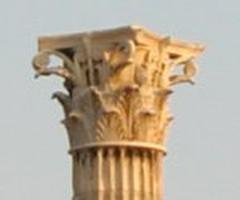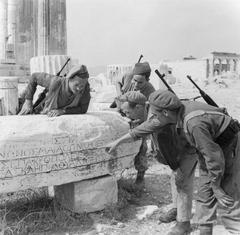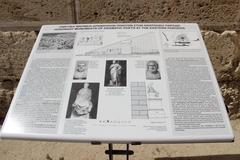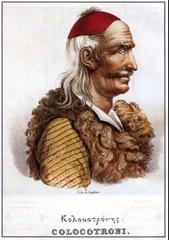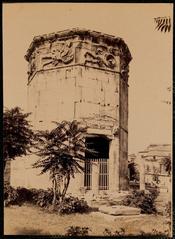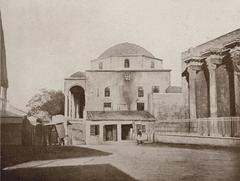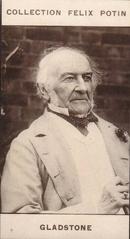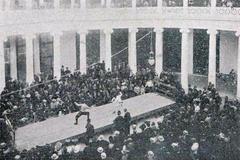Numismatic Museum of Athens Visiting Guide
Date: 16/08/2024
Introduction
The Numismatic Museum of Athens, founded in 1834, is one of Greece’s most esteemed cultural landmarks. Located in the heart of Athens, the museum is housed in the magnificent Iliou Melathron, a neoclassical mansion designed by renowned architect Ernst Ziller. The museum’s collection comprises over 500,000 coins, medals, and numismatic artifacts, spanning from ancient Greek coinage to contemporary currencies. This vast array offers an unparalleled view into the economic, political, and cultural evolution of Greece and the Mediterranean world (ingreece.wiki).
Having originally functioned as part of the National Archaeological Museum, the Numismatic Museum became an independent institution in 1970. Its relocation to the Iliou Melathron in 1998 further elevated its profile, as the building itself—once the residence of famed archaeologist Heinrich Schliemann—stands as a testament to 19th-century neoclassical architecture and Greece’s archaeological heritage (nomadicniko.com).
Visitors to the museum embark on a chronological journey through the history of money, witnessing the artistry and design of coins from ancient Greece, the Byzantine Empire, medieval Europe, and modern nations. Each piece serves as a miniature window into the values, beliefs, and daily lives of past civilizations. In addition to its extensive exhibits, the museum is an important center for numismatic research and academic study (athens-tourist-information.com).
This detailed guide covers everything you need to know for your visit—from historical context and architectural highlights to practical information, special programs, and travel tips—ensuring an enriching and well-prepared experience at the Numismatic Museum of Athens.
Table of Contents
- History of the Numismatic Museum
- Visitor Information
- Museum’s Role in Research and Education
- Architectural Significance
- Nearby Attractions
- Frequently Asked Questions (FAQ)
- Conclusion
- References
History of the Numismatic Museum
Origins and Early Years
Founded in 1834, the Numismatic Museum of Athens is one of the oldest public museums in Greece. Its establishment coincided with the nation’s efforts to preserve its cultural heritage following independence. The museum’s initial holdings consisted of coins and medals donated by individuals and institutions, reflecting a burgeoning 19th-century interest in numismatics (ingreece.wiki).
The Iliou Melathron
The museum’s permanent home, the Iliou Melathron, is a neoclassical masterpiece designed by Ernst Ziller and completed in 1880. Originally built for Heinrich Schliemann—the archaeologist famed for discovering Troy—the mansion’s name means “Palace of Troy.” Its architectural style blends classical Greek with Italian Renaissance elements, featuring ornate mosaics, frescoes, and columned porticos (nomadicniko.com, thisisathens.org).
Collection Growth
Over the decades, the museum’s collection expanded dramatically through donations, acquisitions, and archaeological excavations. Today, it houses more than 500,000 objects, making it one of the richest numismatic collections in the world (wikipedia.org). The artifacts span from the 14th century BC to the present, providing a comprehensive overview of the evolution of coinage and monetary systems.
Key Exhibits
Ancient Greek Coins
The museum’s ancient Greek coin collection is especially significant. Highlights include early electrum coins from the 7th century BC, silver drachmas, and gold staters from the Hellenistic period. The iconography on these coins—depicting deities, rulers, and city emblems—offers deep insight into the religious and political life of ancient Greece (ingreece.wiki).
Roman and Byzantine Coins
Also notable is the collection of Roman and Byzantine coins, which illustrate the transition from the Roman Republic to Empire and the rise of Byzantium. Their intricate designs reflect changing political authority and religious themes over centuries (nomadicniko.com).
Medieval and Modern Coins
The museum’s holdings include coins from the medieval West and East, the Islamic world, and the Ottoman Empire. Its modern collection features coins and banknotes from the modern Greek state as well as currencies that circulated in Greece from the 15th to the 20th centuries (nomadicniko.com).
Medals, Tokens, and Related Artifacts
Beyond coins, the museum offers an array of medals, tokens, weights, and stamps. These objects commemorate historical events and achievements and trace the development of medallic art from the Renaissance through the modern era.
Visitor Information
Opening Hours & Tickets
-
April 1st to October 31st:
- Thursday to Sunday: 08:00 – 20:00
- Monday & Wednesday: 08:30 – 15:30
- Tuesday: Closed
Visitors may enter up to 20 minutes before closing. The museum is closed on major public holidays such as January 1, March 25, Orthodox Easter Sunday, May 1, December 25, and December 26.
-
Admission:
- General: €6
- Reduced: €3 (students, seniors, and other eligible groups)
- Free: Children under 18, students of EU universities, and on certain public holidays
(official museum website)
Events, Tours & Amenities
-
Guided Tours & Special Programs:
The museum regularly organizes thematic tours, lectures, and educational workshops. Check the official website for schedules and booking details. -
Museum Shop & Garden Café:
Enjoy a relaxing coffee or snack in the museum’s garden café, and browse the shop for publications and souvenirs (wikipedia.org).
Accessibility
The Numismatic Museum is committed to inclusivity. There are ramps, elevators, and accessible restrooms for visitors with mobility needs. Additional services, such as sign language tours and tactile exhibits, may be available upon request (goexploregreece.com). For more details, refer to the general information page.
Getting There
Located at Iliou Melathron, El. Venizelou (Panepistimiou) 12, 10671 Athens, the museum is easily accessible:
- Metro: Syntagma station (short walk)
- Trolley: Lines 2, 3, 4, 11, and 13 (University stop)
Museum’s Role in Research and Education
The Numismatic Museum is a prominent academic center, housing a specialized library with more than 12,000 volumes and extensive archives. It supports researchers and collaborates with universities and institutions for the advancement of numismatic studies. The museum’s scholarly publications and participation in international conferences contribute significantly to global numismatic research (athens-tourist-information.com).
Educational programs engage schools, families, and the wider public through interactive tours, temporary exhibitions, and outreach activities, fostering a deeper appreciation for the history and significance of currency (ingreece.wiki).
Architectural Significance
The Iliou Melathron is a jewel of neoclassical architecture, with impressive mosaics, frescoes, and decorative details reflecting both Greek and Italian Renaissance influences (thisisathens.org). The building is not only a fitting home for the museum’s treasures but is itself a highlight for visitors interested in art and architectural history.
Nearby Attractions
While visiting, consider exploring other top Athenian sites:
- National Archaeological Museum (National Archaeological Museum)
- Syntagma Square (Syntagma Square)
- Acropolis Museum
- Benaki Museum
Each venue provides a different perspective on Greek history and culture.
Frequently Asked Questions (FAQ)
What are the Numismatic Museum’s visiting hours?
- Thursday to Sunday: 08:00 – 20:00
- Monday & Wednesday: 08:30 – 15:30
- Closed on Tuesday
How much do tickets cost?
- General: €6
- Reduced: €3
- Free for eligible groups (children under 18, EU students, select holidays)
Is the museum accessible?
- Yes, with ramps, elevators, and accessible restrooms available.
Are guided tours available?
- Yes, guided tours and educational programs are regularly offered.
Conclusion
The Numismatic Museum of Athens is a must-visit destination for anyone interested in history, art, or the story of money. Its unrivaled collection, scholarly significance, and stunning architectural setting offer a rich, multi-layered experience. With engaging educational programs, a welcoming atmosphere, and a commitment to accessibility, the museum stands as a testament to Greece’s enduring cultural legacy. Plan your visit to explore the fascinating world of coins and currency, and discover the stories they have to tell (nomadicniko.com, athens-tourist-information.com).
For updates and more information, visit the official museum website, download the Audiala app, or follow the museum on social media.

